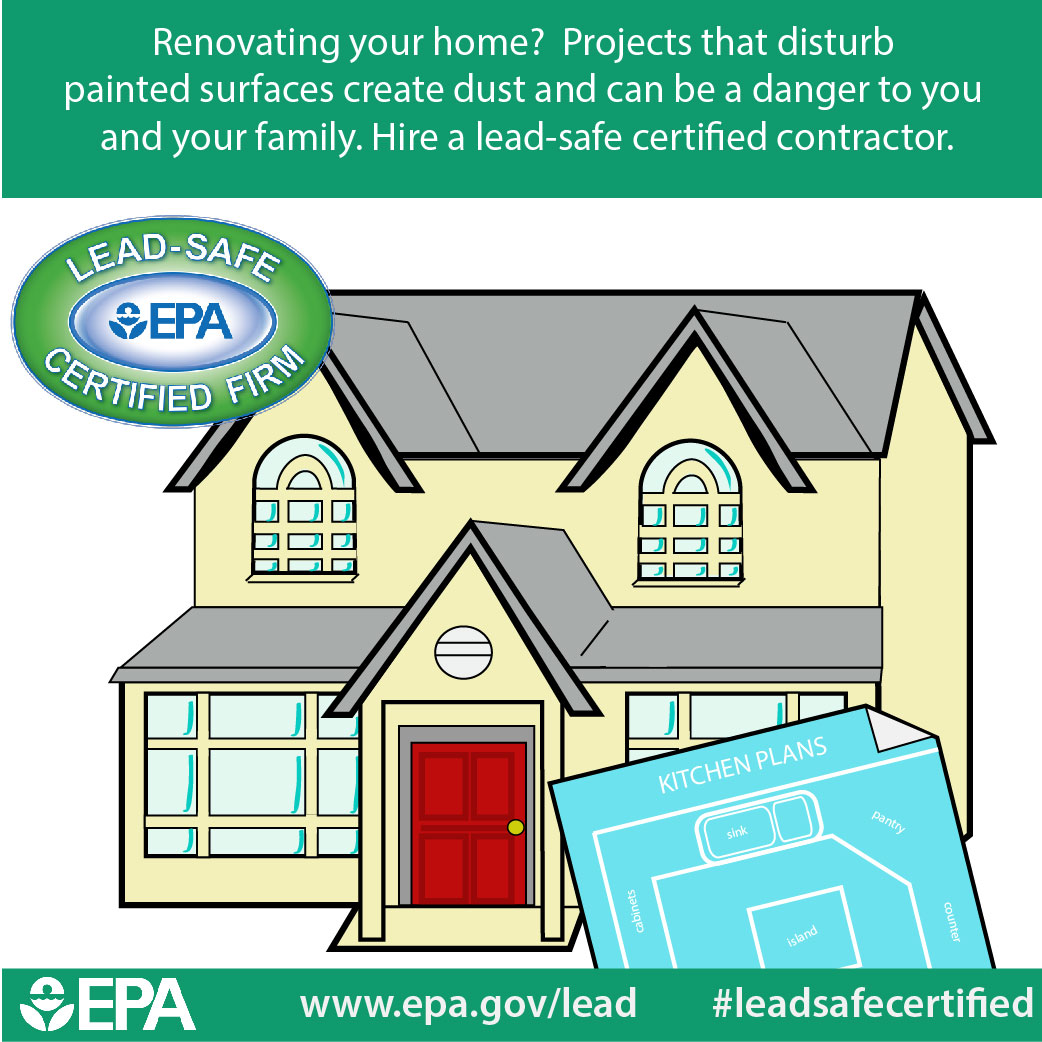Vital Seasonal Aspects Of Commercial Outside Painting: What You Must Comprehend
Vital Seasonal Aspects Of Commercial Outside Painting: What You Must Comprehend
Blog Article
Post Created By-Carlson Rosendal
When you're preparing a business external paint project, seasonal elements can make or break your outcomes. You'll want to think about how temperature and moisture impact paint application and drying times. Choosing the right season can ensure your paint adheres correctly and lasts longer. But which periods are absolutely the most effective for this sort of job? Allow's discover the key elements that can affect your job's success.
The Effect of Temperature on Paint Application
When you're intending an industrial external painting job, the temperature level can significantly influence exactly how well the paint sticks and dries.
Ideally, you wish to repaint when temperatures range between 50 ° F and 85 ° F. If it's also cool, the paint might not treat appropriately, leading to problems like peeling off or cracking.
On the other side, if it's as well hot, the paint can dry as well swiftly, protecting against correct bond and resulting in an uneven finish.
You ought to likewise think about the moment of day; morning or late afternoon supplies cooler temperatures, which can be a lot more positive.
Constantly examine the supplier's recommendations for the particular paint you're utilizing, as they frequently give assistance on the optimal temperature range for optimal outcomes.
Humidity and Its Result on Drying Times
Temperature level isn't the only environmental factor that influences your commercial exterior painting project; humidity plays a significant role as well. High moisture levels can slow down drying out times significantly, impacting the total high quality of your paint task.
When the air is filled with wetness, the paint takes longer to cure, which can lead to issues like poor bond and a greater threat of mildew development. If you're painting on a particularly humid day, be planned for extensive delay times in between layers.
It's essential to keep track of local climate condition and strategy accordingly. Ideally, aim for moisture levels in between 40% and 70% for optimum drying.
Keeping these factors in mind ensures your project remains on track and delivers a lasting coating.
Best Seasons for Commercial Outside Paint Projects
What's the most effective time of year for your commercial outside paint tasks?
Spring and very early loss are commonly your best options. During https://www.cleveland.com/community/2021/03/lakewoodalive-helping-qualified-residents-cross-off-house-painting-from-spring-to-do-list.html , temperatures are moderate, and moisture degrees are commonly reduced, producing suitable conditions for paint application and drying out.
Stay clear of summer's intense heat, which can create paint to dry also swiftly, leading to bad adhesion and finish. Likewise, winter's chilly temperature levels can hinder appropriate drying and curing, taking the chance of the long life of your paint task.
retail painting for days with temperature levels between 50 ° F and 85 ° F for optimal results. Keep in mind to inspect the regional weather report for rainfall, as damp conditions can spoil your task.
Preparation around these variables ensures your paint task runs efficiently and lasts longer.
Final thought
In conclusion, preparing your commercial external painting tasks around seasonal factors to consider can make a considerable distinction in the end result. By organizing work throughout the excellent temperature levels and humidity levels, you'll guarantee better adhesion and drying out times. Keep in mind to watch on neighborhood weather prediction and select the right time of year-- spring and early autumn are your best options. Taking these steps will certainly help you accomplish a sturdy and professional finish that lasts.
